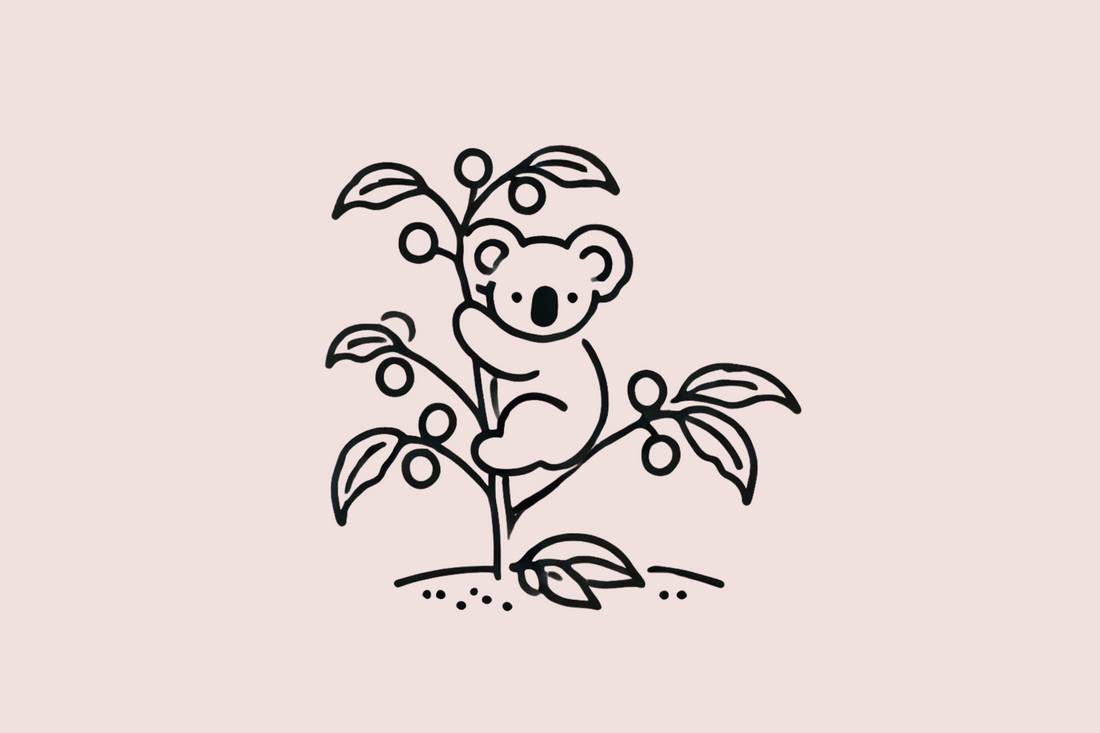
Coffee Origin: Australia?
Share
Australia is world-famous for its coffee culture, and also produces a small amount of coffee locally. The Australian coffee-growing industry consists of around 50 growers, primarily located in North Queensland, south-eastern Queensland, and northern New South Wales. These regions provide the climates necessary for growing Arabica coffee, but production remains niche due to high farming and land costs, limited suitable land, and competition from international suppliers.
It wasn’t always this way – the first coffee tree was recorded as being planted in Australia in Brisbane in 1832, and by the early 1900’s Australia produced almost half of the coffee that was consumed in the country. Increasing labour costs, the 1930’s depression and an increasing globalisation of food production meant Australia’s coffee production reduced in significance.
Environmental Conditions for Arabica Coffee Cultivation
Successful coffee cultivation depends on finding the right balance of elevation, temperature, and moisture. Arabica coffee trees generally prefer higher elevations that offer cooler temperatures (between 16-24°C ) and more stable climates. With higher temperatures the beans develop too quickly, losing the nuanced flavors that are prized in specialty coffee. Too low, and the plants may struggle to mature fully. Australia’s varied climate means that coffee producers must be especially mindful of microclimates within their growing areas, often working to protect their crops from extreme weather events.
Far North Queensland lies within the ‘coffee belt’—a region near the equator where coffee is traditionally grown. However, Australia’s location at the southern edge of this belt means that its coffee-growing regions are relatively small.
Australia’s Coffee Terroir
Research conducted by AgriFutures Australia found that Australian-grown coffee has a distinct and measurable terroir, influenced by its unique growing conditions across North Queensland, southeastern Queensland, and northern New South Wales. This research not only highlights the distinct sensory characteristics of Australian coffee but also provides valuable data to help growers define and promote their coffee’s unique attributes in the global specialty market.
Australian coffee tends to show brown sugar sweetness, roasted hazelnut, almond, dried fruit, and stewed fruit characteristics. Coffees are generally mild, with some comparisons to the flavour profiles of Brazilian coffees. The study, which analyzed over 100 Australian-grown coffee samples alongside 50 international single-origin coffees, confirmed that terroir in Australian coffee is shaped by climate, altitude, and varietal differences. Subtropical regions tend to produce coffee with more pronounced sweetness and fruity notes, while tropical regions showcase nuttier and roasted profiles.
The Story of Jack Murat Coffee
Jack Murat is a family-run coffee farm in Mareeba, Far North Queensland, an established coffee-growing region on the Atherton Tablelands. Originally founded in 1929 by Albanian migrant Hymet "Jack" Murat, the farm transitioned from tobacco and other crops to coffee in 2014, led by Jack’s three sons and the next generation.
Jack Murat operates on 70 hectares at around 700 meters above sea level. They cultivate Red and Yellow Catuai varieties, which have been carefully studied and adapted to their terroir. To help mitigate high labour costs Jack Murat employs mechanical harvesting techniques on flat, accessible land, and uses advanced colour sorters that ensure only ripe cherries are selected. The harvested coffee is then generally washed and mechanically dried.

Challenges of Coffee Production in Australia
Growing coffee in Australia is not without its hurdles. One of the biggest challenges is the limited area that meets the environmental requirements needed for high-quality coffee cultivation. Unlike the expansive coffee regions in Latin America or Africa, Australian coffee farms are often small and isolated. This makes it more challenging to achieve economies of scale, and it requires growers to be exceptionally resourceful.
Unlike other crops that can be harvested and sold with minimal processing, coffee requires extensive post-harvest handling to transform the coffee cherry into the final green bean. This involves multiple stages—pulping, fermenting, washing, drying, milling, sorting, and grading—each requiring significant labour and infrastructure. In regions with high labour costs like Australia, this adds a substantial expense to production and can make coffee farming an unattractive financial proposition.
Lower caffeine down under?
Interestingly, research carried out in 2012 by Southern Cross Plant Science showed that Australian-grown coffee was on average up to 30 per cent lower in caffeine than a selection of imported beans. Many believe this is largely due to the lack of pests in Australia – caffeine is produced by coffee trees as a natural defence mechanism.
We don't have any Australian coffees on offer (yet!) - but you can browse our other coffees here.
References
· Liu, L., & Williams, S. (2023). Defining terroir of Australian coffee to increase demand and investment (Publication No. 23-140, Project No. PRJ-012341). AgriFutures Australia. Retrieved from AgriFutures Australia.
· Peter Barrett. (2022). Why Australian-grown coffee is creating a buzz – plus eight to try. The Sydney Morning Herald. Retrieved from https://www.smh.com.au/goodfood/why-australiangrown-coffee-is-creating-a-buzz-plus-eight-to-try-20220915-h26fo8.html [Accessed 28 February 2025.
